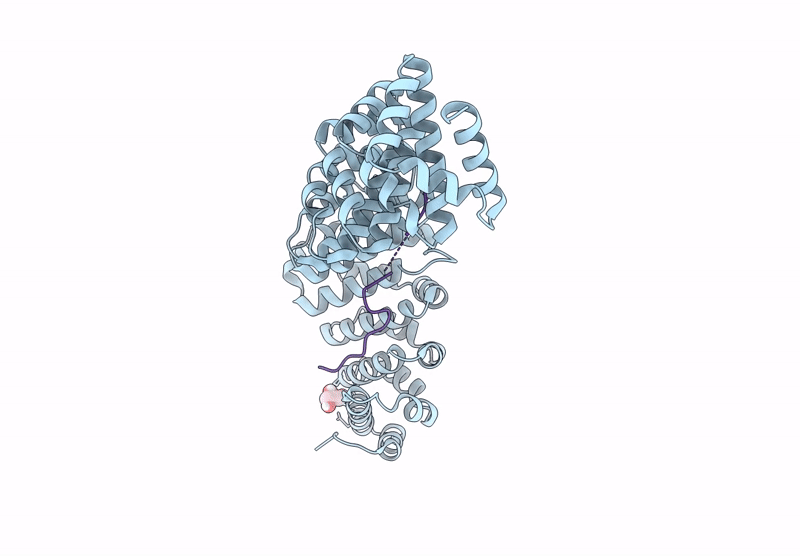
Deposition Date
2024-06-27
Release Date
2024-12-11
Last Version Date
2025-02-12
Entry Detail
PDB ID:
9CFT
Keywords:
Title:
Adeno-associated virus serotype 6 basic regions in complex with importin alpha 2
Biological Source:
Source Organism:
Mus musculus (Taxon ID: 10090)
Adeno-associated virus - 6 (Taxon ID: 68558)
Adeno-associated virus - 6 (Taxon ID: 68558)
Host Organism:
Method Details:
Experimental Method:
Resolution:
2.30 Å
R-Value Free:
0.23
R-Value Work:
0.21
R-Value Observed:
0.21
Space Group:
P 21 21 21


